Mini split debate
scaffnet
10 years ago
Related Stories

HOUSEKEEPINGDishwasher vs. Hand-Washing Debate Finally Solved — Sort Of
Readers in 8 countries weigh in on whether an appliance saves time, water and sanity or if washing by hand is the only saving grace
Full Story
DECORATING GUIDES10 Ways to Hide That Air Conditioner
Feeling boxed in designing around your mini-split air conditioner? Try one of these clever disguises and distractions
Full Story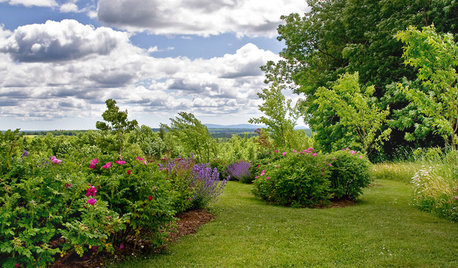
LANDSCAPE DESIGNYour Mini Guide to Great Garden Edges
Get the scoop on trenches to the skinny on bender board, to help keep your garden beds as tidy as you like
Full Story
ARCHITECTUREWhat's Next for Our Homes' Exterior Design?
Take a mini tour of architecture's changing response to basic needs, throughout history and going forward
Full Story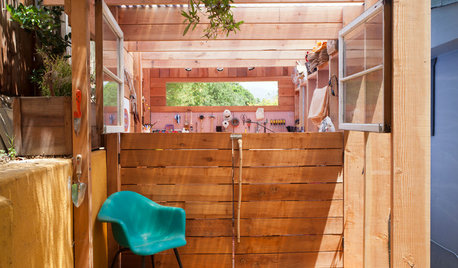
STUDIOS AND WORKSHOPSA Compact Shed Makes Room for Storage, Creativity and Style
With a tidy workspace, neatly hidden trash cans and even a mini patio, this inspired shed meets everything on a creative couple's wish list
Full Story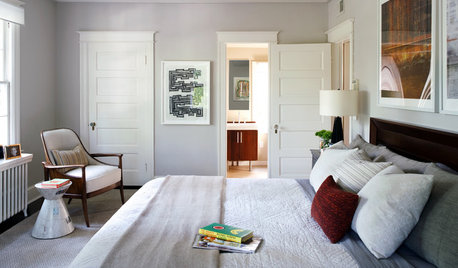
BEDROOMSHow to Choose the Perfect Bedsheets
Don't lose any shut-eye over scratchy or ill-fitting sheets; our mini guide to materials, thread count and fit will help you sleep tight
Full Story
GARDENING GUIDESHow to Keep Your Citrus Trees Well Fed and Healthy
Ripe for some citrus fertilizer know-how? This mini guide will help your lemon, orange and grapefruit trees flourish
Full Story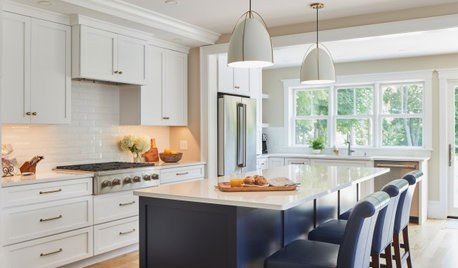
KITCHEN DESIGNPopular Cabinet Door Styles for Kitchens of All Kinds
Let our mini guide help you choose the right kitchen door style
Full Story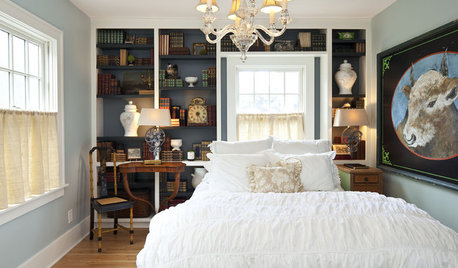
DECORATING GUIDESNovel Ways With Bedroom Books
Reading and relaxing go hand in hand. See how designers are incorporating mini and all-out libraries in the bedroom
Full Story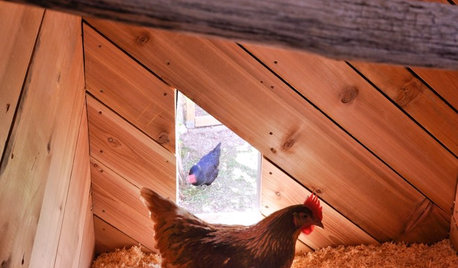
PETSHens Nest in Style in a Modern Nevada Coop
Take a mini tour of a backyard chicken coop built by a pro designer with all the essentials for the 'clients' and then some
Full Story






stoveguyy
scaffnetOriginal Author
Related Professionals
Brooklyn Center Solar Energy Systems · Mokena Solar Energy Systems · New Lenox Solar Energy Systems · Allendale Home Automation & Home Media · Baltimore Home Automation & Home Media · Burlingame Home Automation & Home Media · Castle Rock Home Automation & Home Media · Fort Bragg Home Automation & Home Media · Laurel Home Automation & Home Media · Natick Home Automation & Home Media · North Merrick Home Automation & Home Media · Phoenix Home Automation & Home Media · Southlake Home Automation & Home Media · Stamford Home Automation & Home Media · West Chester Home Automation & Home Mediaionized_gw
ionized_gw
ionized_gw
scaffnetOriginal Author
SaltiDawg
scaffnetOriginal Author
stoveguyy
ionized_gw
mojwnun
jackfre
mic111
klem1
samandjinna
ionized_gw